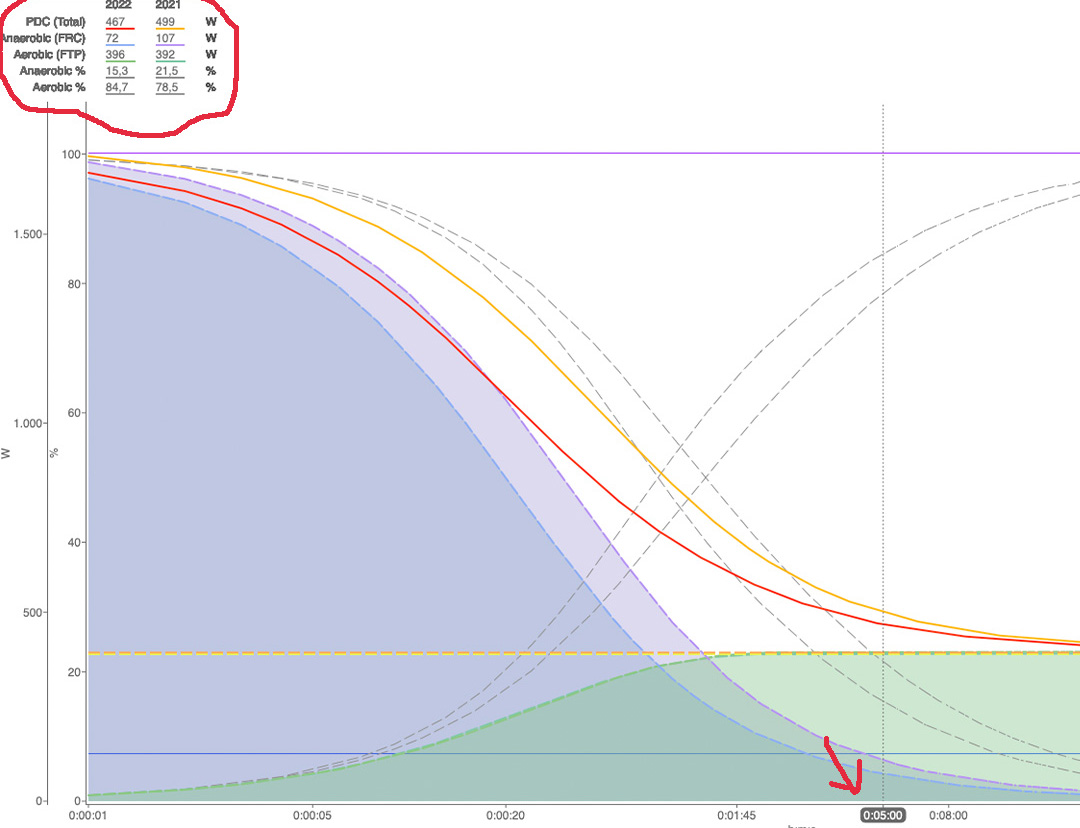
Lactate and its influence on our performance
In this post we will talk about the famous lactate and how it allows us to delimit our different thresholds and work intensities.
Lactate is a molecule that is generated in the muscle as a result of metabolic processes to obtain energy and before continuing, You should know that our body produces it continuously even being at rest, Only that the production level is low enough to make it resintetized within the same muscle and do not pour into the blood.
The amount of lactate (in mmol) that we accumulate in our body will define and will be related to our physiological milestones.
Aerobic threshold: represents the first point of change in the accumulation of lactate with respect to the base value (1.5-2 mmol according to the author). From this point the lactate begins an exponential increase. The work intensity between the aerobic and anaerobic threshold still represents a stable state in which the body is capable of maintaining the same level of lactate in blood and therefore we can maintain the intensity of exercise for a prolonged period of time.
Anaerobic threshold: represents the second point of change in lactate concentration. In general, lactate values are around 4 mMol, Everything and that the best trained can find lower concentrations at this point. The intensity of exercise in this intensity is compatible with the maximum stable state from which, If we increase the rhythm, Lactate concentration levels will begin to increase progressively.
Maximum oxygen consumption: point at which our body is capable of consuming more oxygen per time. In general, we will find blood lactate concentrations around 6-8 mMol. At this point there is no stable status, so maintaining this intensity will cause a constant increase in lactate levels until the end of the year is caused.
Any intensity above this last metabolic event will require processes for obtaining anaerobic energy. The method and type of training will allow us
Although there are non -direct ways of estimating each of these metabolic events, and therefore the level of lactate that we accumulate in each of them, The best way to check and place them is by performing a lactate test. We like to do it in roller and by incremental protocols, obtaining small blood samples as we increase the intensity of the exercise.
Knowing these values will allow us to be much more precise in our training and check the improvements making 2 a 3 tests a year, or even every time it is necessary to ensure that we are working at the correct intensity.
The components that define the strength training load
When we enter the world of training in endurance sports such as cycling, there are
Specific force on the bike
In a previous article we discussed strength work in the gym above.. Today we are going to try
Aerobic contribution / Anaerobic
We all know and know the origin of energy in our body, be aerobic route (with





